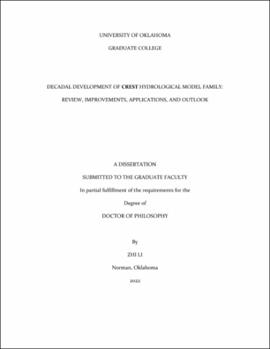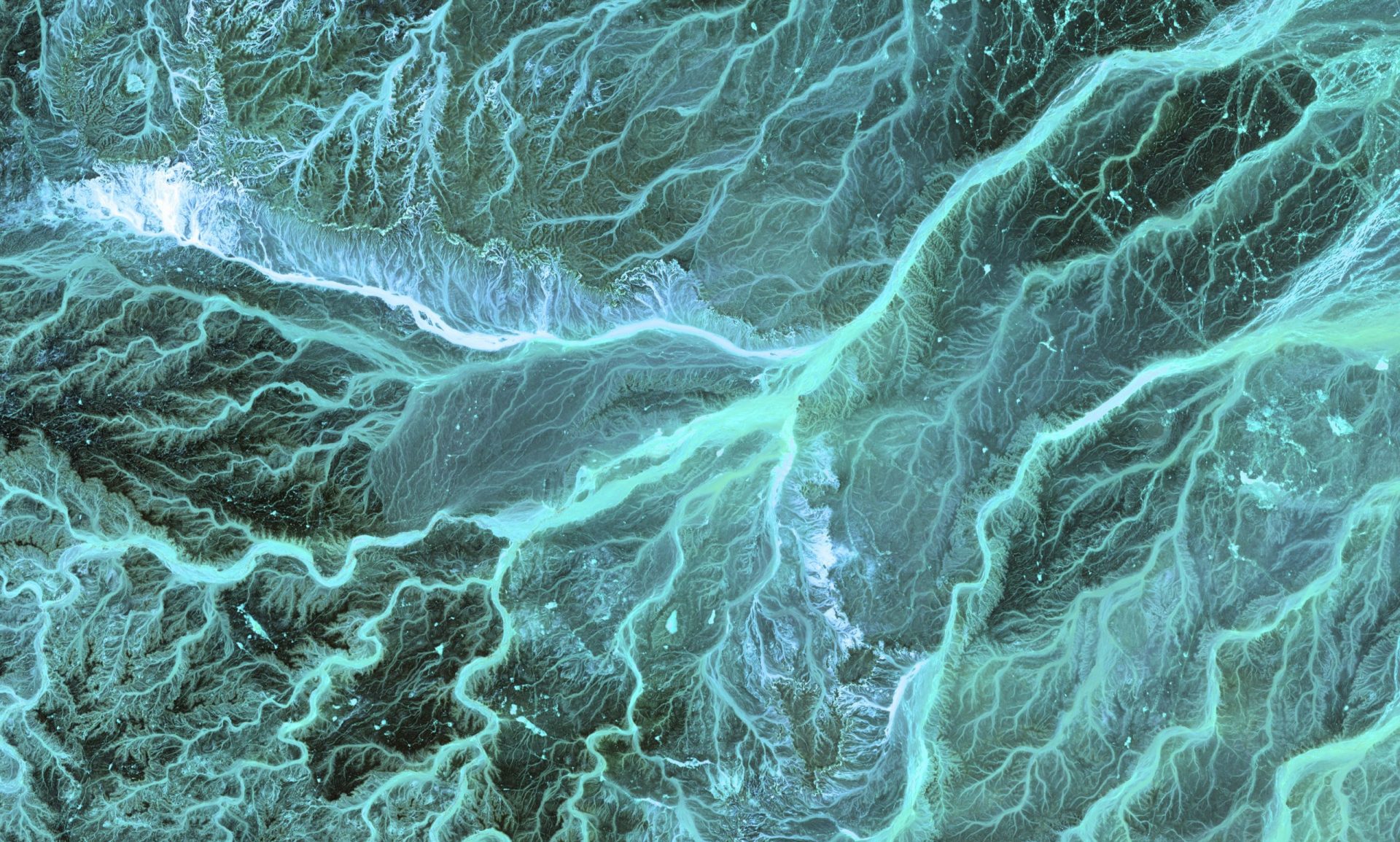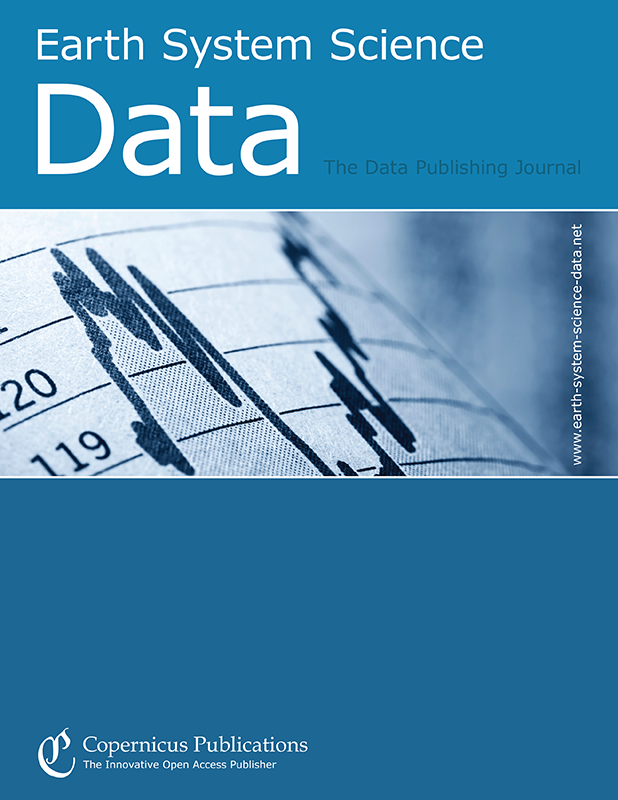2023
Introducing Flashiness-Intensity-Duration-Frequency (F-IDF): A New Metric to Quantify Flash Flood Intensity Journal Article
In: Geophysical Research Letters, vol. 50, iss. 23, pp. e2023GL104992, 2023.
Future Heavy rainfall and flood risks for Native America under climate and demographic changes: A case study in Oklahoma Journal Article
In: Weather, Climate, and Society, 2023.
2022
Spatiotemporal characteristics of US floods: Current status and forecast under a future warmer climate Journal Article
In: Earth's Future, vol. 10, pp. e2022EF002700, 2022, (Quantify extreme rainfall and flood seasonality identifying more frequent, widespread, yet less seasonal rainfall and flood events in the future).
In: Environmental Modelling and Software, vol. 155, pp. 105450, 2022, (Answered the scientific question of whether re-infiltration process in Hydrology is important and can be ignored in flood inundation mapping during extreme events).
A flood predictability study for Hurricane Harvey with the CREST-iMAP model using high-resolution quantitative precipitation forecasts and U-Net deep learning precipitation nowcasts Journal Article
In: Journal of Hydrology, vol. 612, pp. 128168, 2022, (Comparing different QPFs and their impact on flood inundation).

In: Zhang, Ke; Hong, Yang; AghaKouchak, Amir (Ed.): Remote Sensing of Water-related Hazards, Chapter 5, pp. 87-104, American Geophysical Union, 2022.
2021
A multi-source 120-year US flood database with a unified common format and public access Bachelor Thesis
2021, (The longest flood data sets in the US by multi-source collections).
CREST-iMAP v1. 0: A fully coupled hydrologic-hydraulic modeling framework dedicated to flood inundation mapping and prediction Journal Article
In: Environmental Modelling and Software, vol. 141, pp. 105051, 2021, (Developed a coupled system that integrates hydrologic process and hydraulic routing for flood prediction).




